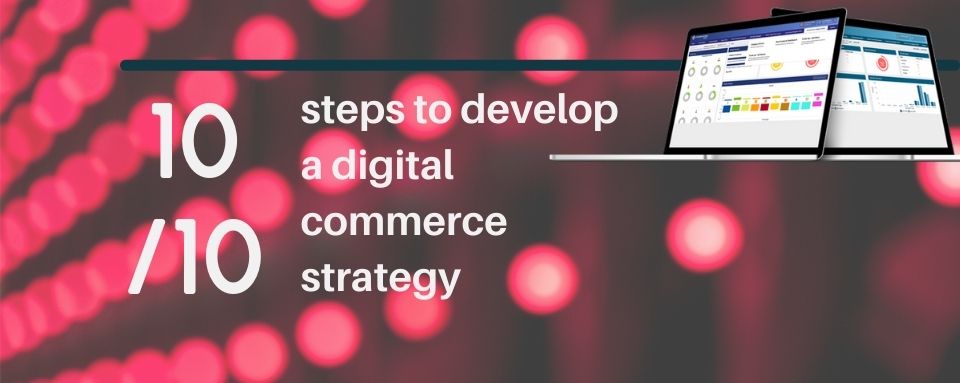
Measuring Your Digital Commerce Strategy’s Performance
Finally, the tenth and last step of the series shows how to develop an effective e-commerce strategy. After implementing all the previous passages, it is time to measure the results obtained. If you missed the previous steps, follow the links at the bottom of the page.
What’s the point of developing an e-commerce strategy if you can’t assess whether it works?
Our checklist’s last step could not fail to be dedicated to monitoring and measuring the performance indicators just applied. Results allow us to understand if the e-commerce strategy achieved the set objectives in terms of increase in traffic, awareness, visibility, and – above all – of sales.
Performance measurement can be based on customer and online retailers’ feedback and internal sales data, but to be completed, it should include sophisticated analytics tools, such as e.fundamentals.
E-commerce analytics tools provide you with fluid monitor documents of your digital shelf performance.
The possibility of having access to easy-to-read data provided by e.fundamentals allows you to make the necessary adjustments to pursue the fixed objectives quickly.
The e-commerce strategy must be flexible and adapt to changing market scenarios. It is the objectives that must guide the action, not a rigid pre-established and immutable plan.
As already discussed, manual data collection is to time and resources consuming, especially for those working with multiple retailers.
Using tools that provide automated processes, real-time data is the only way to store a massive volume of information that -over time- will build predictive models and define valuable insights for the remodeling of the e-commerce strategy.
Request a demo of the e.fundamentals Digital Shelf Analytics and find out the impact on your online performance.
Read the other steps to optimize your eCommerce strategy here:
- Step #1 – Writing and sharing your strategy with the team
- Step #2 – Being expert about your market, competition and customers habits
- Step #3 – Analysing Shopper Insight Data to Inform Your Plan
- Step #4 – Defining your positioning and marketing goals
- Step #5 – Choosing sustainable online retailers
- Step #6 – Optimising your product pages
- Step #7 – Designing a consistent customer experience
- Step #8 – Managing your marketing activity
- Step #9 – Improving Your Off-Site Processes
